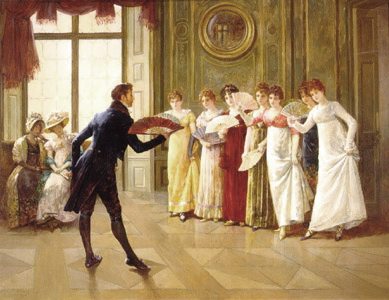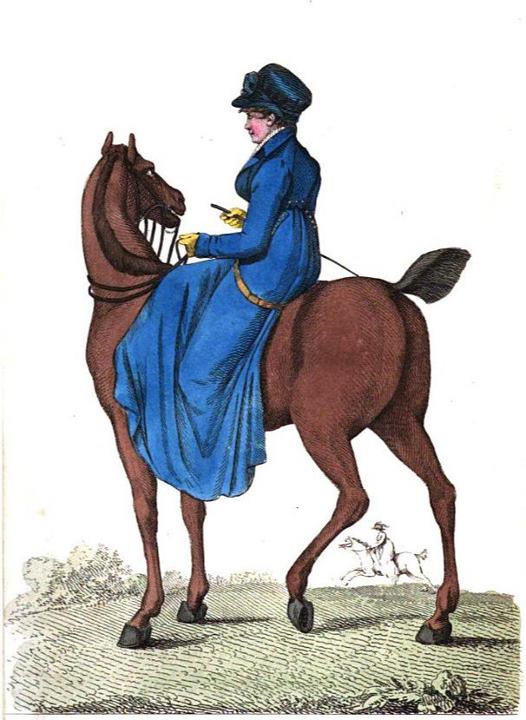 Most readers believe whatever the author tells them about their characters and their worlds. Since fiction comes straight from the author’s imagination, this is usually just fine. However, when an author writes a book that takes place in a real setting, it’s a game changer. Imagine if your entire knowledge about a particular place, such as Hawaii, comes from a novel. Then you visit Hawaii expecting to find it very similar to what you read, but it turns out that the volcano you expected to see was not on the island where the author said it was. Or that there was no waterfall at the end of a specific hike. Wouldn’t you be disappointed? Maybe a little angry?
Most readers believe whatever the author tells them about their characters and their worlds. Since fiction comes straight from the author’s imagination, this is usually just fine. However, when an author writes a book that takes place in a real setting, it’s a game changer. Imagine if your entire knowledge about a particular place, such as Hawaii, comes from a novel. Then you visit Hawaii expecting to find it very similar to what you read, but it turns out that the volcano you expected to see was not on the island where the author said it was. Or that there was no waterfall at the end of a specific hike. Wouldn’t you be disappointed? Maybe a little angry?
The same is true for historical novels. Now, don’t get me wrong, I’m not suggesting you can read about a Medieval castle, and then jump into your time machine to visit that Medieval castle to see how accurate the author’s description was. However, historical accuracy is important because it creates a solid belief system within readers.
There are a number of plot points and historical details that frequently turn up in Regency romances, and I’d like to set the record straight. I’ve been researching the Regency Era for 12 years, and while I certainly do not know everything about the era Jane Austen made so famous, which is why I’m friends with lots of other Regency researchers willing to share their vast knowledge, I continually strive for historical accuracy as much as possible and have uncovered some basic plot points that I still sometimes see in historical fiction.
Here are common Regency historical errors and the truth about them:
 An illegitimate son (or daughter) could never be “legitimized” nor could he inherit a title. This also applies to the idea that a lord could simply name his heir. No titled lord, no matter how much he wishes it, could give his title and entailed estate to someone other than his legal heir. Period. Only the king could bestow a new title.
An illegitimate son (or daughter) could never be “legitimized” nor could he inherit a title. This also applies to the idea that a lord could simply name his heir. No titled lord, no matter how much he wishes it, could give his title and entailed estate to someone other than his legal heir. Period. Only the king could bestow a new title.- A titled lord could not disinherit his son or his legal heir. As in the first example, titles could only be passed to legitimate heirs. The only exception would be if the heir were mentally unfit, meaning he was insane, and it took an act of parliament to change the heir apparent (or the heir presumptive). Also, most property was entailed unless someone had been particularly negligent. It, too, could only be passed to a legitimate heir. Now, wills were another matter. Money and un-entailed property could be willed to anyone as long as the will was a legal document. Someone could also be left out of a will.
- Marriages could not be annulled simply by failure to consummate. Annulments were messy, difficult, expensive, outrageously scandalous, and could only happen under extenuating circumstances. Did I mention it was scandalous? Both of their reputations would be destroyed and they probably not would ever be accepted in polite society. The husband might recover socially (eventually–if he were rich enough and desirable enough), unless the marriage was annulled by reason of him being declared impotent, but the wife never would recover socially since it would have to be proven that she’d been unfaithful to him.
- Maids and footmen were not acceptable chaperons. They could be too easily sent away or bullied or bribed. The only acceptable chaperon for a young lady was her mother, a respectable married lady, or a paid companion of mature years. No unmarried lady of gentle breeding ever went about London alone or in the companion of a maid, or even with an army of maids, without inviting scandal. The rules grew a bit more lax in the country, but it was still best to have a legitimate chaperon to protect a young lady’s reputation.
- No proper young lady ever danced with a gentleman more than two dances in a row unless she
 wanted to be labeled “fast” or wanted to announce her engagement to the gentleman in question. One dance with any given gentleman who asked her was expected, two dances was an announcement for a decided preference for that gentleman, three dances invited gossip and scandal unless they were already engaged to be married.
wanted to be labeled “fast” or wanted to announce her engagement to the gentleman in question. One dance with any given gentleman who asked her was expected, two dances was an announcement for a decided preference for that gentleman, three dances invited gossip and scandal unless they were already engaged to be married. - Dance Cards were not in use during the Regency. They came into popularity during the Victorian Era, which came after the Regency. No dance card is mentioned by Jane Austen, and no known dance card has been found with a Regency date.
- It was not scandalous to show one’s ankles during the Regency. Hemlines were generally ankle-length, and dancing slippers were small, like the modern-day ballet slipper, although some had a small heel. (check out my Pinterest board for picture of Regency shoes and accessories). During the Victorian Era, hemlines dropped, skirts widened, and shoes became boots which covered the ankles. It is during this Era that it became immodest to show one’s ankles.
 It was not cool or tough for ladies to ride astride. Little girls learned to ride astride, and when they were skilled enough, they learned to ride side-saddle. Riding sidesaddle was a commendable and enviable accomplishment which showed off her grace, skill, and class. Truly skilled horsewomen could gallop right along with the men. A woman riding astride was either declaring her incompetence or that she was un-lady-like, low-born, and juvenile.
It was not cool or tough for ladies to ride astride. Little girls learned to ride astride, and when they were skilled enough, they learned to ride side-saddle. Riding sidesaddle was a commendable and enviable accomplishment which showed off her grace, skill, and class. Truly skilled horsewomen could gallop right along with the men. A woman riding astride was either declaring her incompetence or that she was un-lady-like, low-born, and juvenile.- Ladies during the Regency did not wear restrictive corsets. They wore stays, which were much more flexible and comfortable than the corsets of the Georgian and Victorian Eras. Stays were supportive like a bra and helped create a smooth line over the abdomen and waist, but not terribly restrictive. This was due to the change in fashions toward gowns with a high, empire waist to help create a soft, flowing silhouette reminiscent of the Greek gowns seen in paintings and statues (those which showed models dressed, that is).
- Ladies did not wear pantaloons or layers and layers petticoats under their gowns. They wore a shift (called a chemise in earlier eras) which was a calf-length, slip-like garment usually made of very soft linen. Over that, they wore stays. Some sources claim that a single, think petticoat could be worn under certain gowns, but it seemed rare. The only other undergarments were stockings held up by garters. Ladies wore nothing else underneath their gowns. During the Regency, only prostitutes wore any kind of what we now consider underwear.
- Introductions were done by the person of lowest rank being introduced to the person of highest rank. The exception was that gentlemen were introduced to ladies. So if a lord and a lady were introduced, the person making introductions would turn to the lady, and say something like, “May I introduced Lord Tarrington? My lord, may I introduce Miss Fairley?”
I hope this helps clear up some common misconceptions. No one is perfect, and if a story is well enough written, flaws can be overlooked, but it’s always preferable to seek historical accuracy whenever possible.
Happy reading!

Thanks Donna–Excellent round up, and I see I’ve bungled the dance card. Will get back to my WIP and revise!
It’s easy to do–because so many are confused by it.
This is a little off topic but I do wish Some Regency authors would also remember that they are writing stories that take place in the UK,and no one would refer to their mother as “mommy” particularly in Regency period and in the UK Autumn would never ever be referred to as “Fall”
I get really fed up when in the middle of a good story these two things pop up.I have to say the Autumn/Fall
one is the one that happens the most.
Loved this! I learned much. One of the most fascinated is that a maid is not considered a proper chaperone.
Thank you.